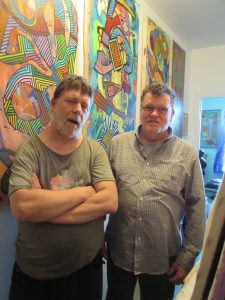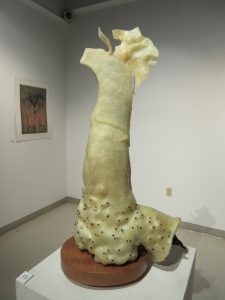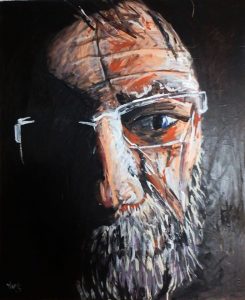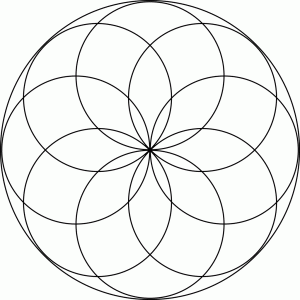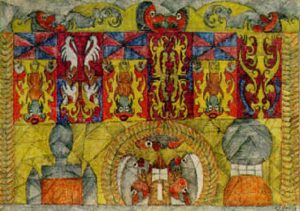Holy smokes! It has been a very long time since I sat down to write a blog. Far too often, life (and academic work) takes over. I left you waiting for news of outsider artists in Quebec and I have a lot to tell you. So let’s get started.
I took a trip from Montreal to the town of Danville, Quebec, to meet up with Jean-Robert Bisaillon at La Galerie des Nanas. His wife, artist Martine Birobent, was in France getting ready for an exhibit, so I didn’t get a chance to meet her. Jean-Robert and Martine are the owners of the gallery and they have an interesting view of outsider art, calling it insubordoneé (insubordinate, defiant, disobedient) and féministe (feminist) art. Its aim is to exhibit art that is contrary to established norms and, in particular, art created by women. Because women artists have been neglected and ignored throughout art history, the gallery focuses its efforts on promoting their work. With the exception of one male artist (Olivier Blot), the gallery is packed with vibrant artwork of international and Canadian women – paintings, sculptures, drawings, dolls and masks. That in itself was a novel experience.
A lot of Martine’s work is on exhibit at the gallery, and for those of you who are freaked out by dolls, I suggest you stop reading now.
In addition to large anthropomorphic sculptures, Martine has 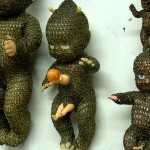 a passion for dolls. She knits them into outfits that cover their entire bodies. My first impression was of women veiled for propriety, but these veils are quite different. Although they bind the dolls tightly, they cannot
a passion for dolls. She knits them into outfits that cover their entire bodies. My first impression was of women veiled for propriety, but these veils are quite different. Although they bind the dolls tightly, they cannot 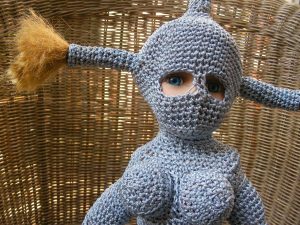 hide some things: babies pop out of bellies, breasts are far-too-obvious beneath taut clothing, and eyes peer out from web-like masks.
hide some things: babies pop out of bellies, breasts are far-too-obvious beneath taut clothing, and eyes peer out from web-like masks.
The dolls are quirky but not amusing. They are no longer things to play with. (Or are they?) 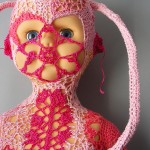 These classic children’s toys have been turned into lifeless and trapped objects. They are disturbing and disquieting images: frozen and mute women who are unable to communicate their own stories of imprisonment.
These classic children’s toys have been turned into lifeless and trapped objects. They are disturbing and disquieting images: frozen and mute women who are unable to communicate their own stories of imprisonment.
One of my readers observed Birobent’s subversive use of traditional female items (dolls and knitting) as a way to expose the male, patriarchal, gaze. It’s not just a sense of physical confinement that we witness, but one of cultural confinement, too. Well said.
(Images are from La Galerie des Nanas website.)

